Japan’s interest in New Guinea grew during the 1930s as Nanshin-Ron (southward advancement theory) gained momentum amongst Japanese intellectuals.
In the event of war, the Imperial Japanese Navy, aware of its relative inferiority, planned to gradually weaken the US Pacific Fleet before engaging in a decisive battle in waters near Japan. Its preferred arena for this contest was between the Marianas and Marshall islands. Truk Atoll in the Carolines became the main advance base for the Japanese Fleet. The principal threat was seen as coming from Australian administered Rabaul. Japan was active in the Pacific for many years before the attack on Pearl Harbour on 7 December 1941.
It ignored its commitment under the 1922 Washington Agreement not to fortify hundreds of mandated islands. The Japanese Imperial Command also used visits by merchant vessels to other South Pacific territories, including New Guinea, as a source of intelligence.
In 1939, the 2000-ton passenger-cargo vessel Takaichiko Maru was running four trips a year from the Marshall Islands to Rabaul and other island ports. It carried little cargo and the Japanese on board showed a propensity for photography. It was just one of many vessels engaged in covert surveillance.
By August 1941, the Imperial Japanese Navy considered the occupation of Rabaul essential for the prosecution of a successful war against the US, and it petitioned the Army to support this goal. The Army, while recognising the desirability of occupying Rabaul, initially refused: considering a troop deployment to the region beyond the limits of its capability. A compromise was reached and there was agreement that, upon the outbreak of war, a South Seas Force comprising a strengthened infantry regiment of about 5300 would occupy the town.
As tensions grew between Japan and the Allies, the Japanese decided to initiate military action against the USA, UK and Holland in early December 1941. After Pearl Harbour, the prime targets would include the Bismarck Islands (Rabaul and Kavieng) and south-east Asian cities as far west as Malaya. These would be attacked at the same time, or very soon after, the surprise attack on Hawaii.
The Australian Government, meanwhile, was scrupulous in observing the demands of its Mandate. Until 1939, while there were plans for the defence of New Guinea, none had been implemented. The preparations eventually made were minimal and designed to delay rather than thwart an invading force.
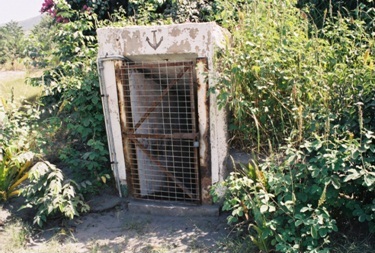 Admiral Yamamoto’s bunker, Rabaul |
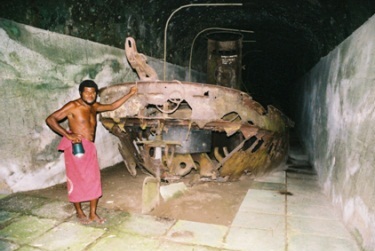  Skeleton of a Japanese barge, Karavia Bay |
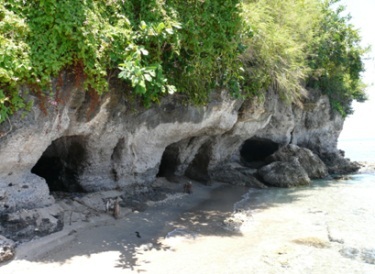  Tunnels at Submarine Base, Tavui Point |
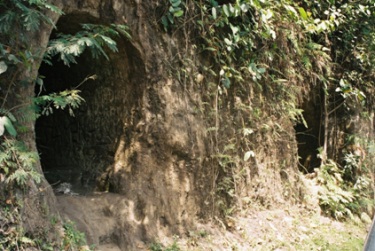  Tunnels on Tunnel Hill, Rabaul |
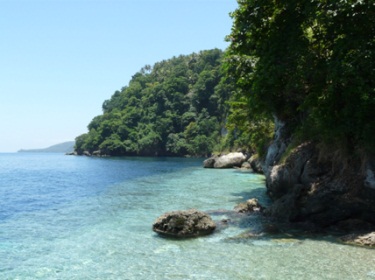  Submarine Base, Tavui Point Note the distinct line between shallow and deep water. Japanese submarines would come in and off-load quickly into the tunnels (above) |
|
